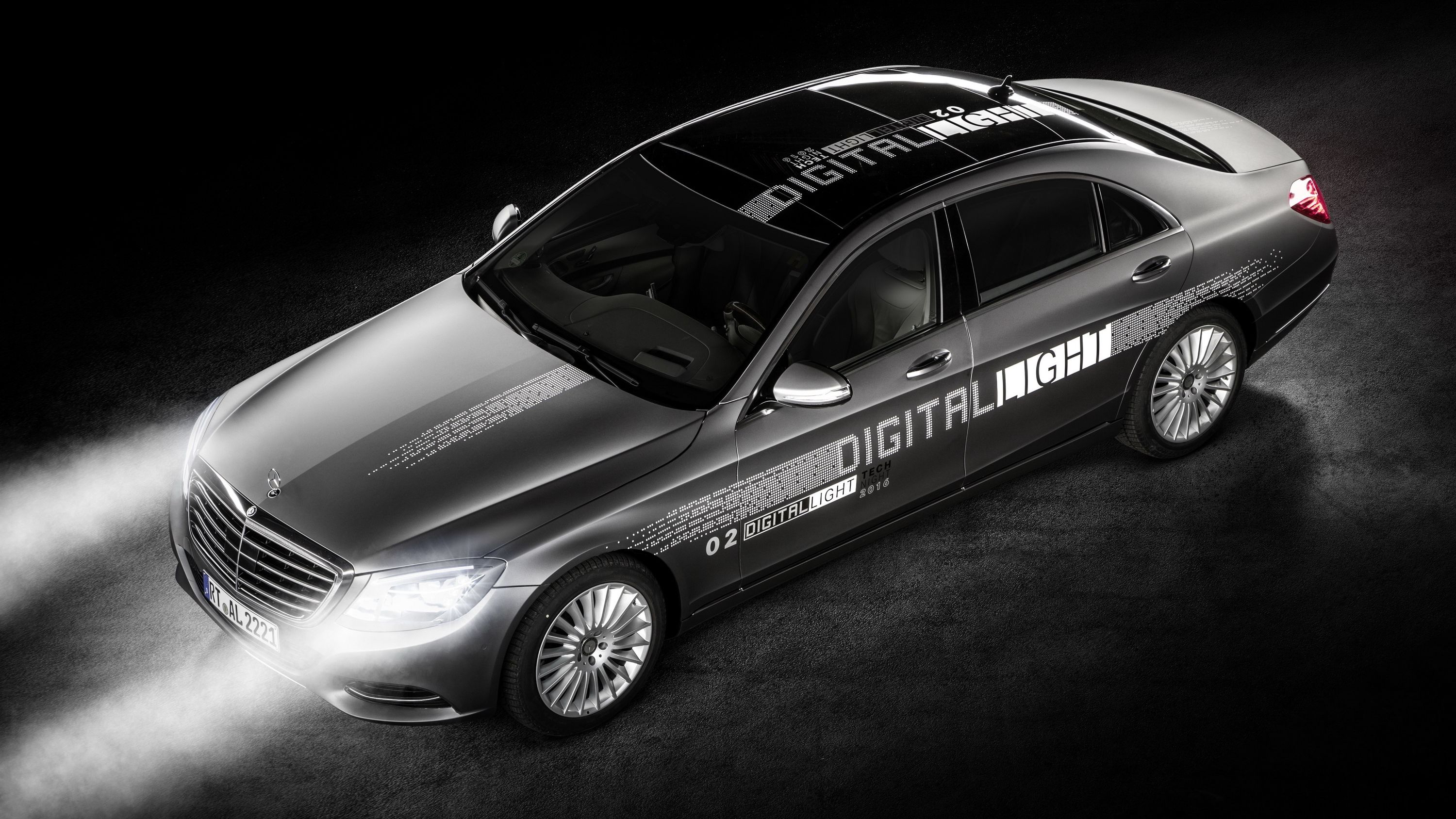The advancements in automotive technology can be a wonderful thing, especially when these advancements help push safety forward into the future in ways that were not possible in the past. It may seem inconsequential to some, but headlight technology plays a critical part in that future. We already know about Audi and BMW’s push to bring laser light technology into the forefront. But now, Mercedes-Benz is taking it a step further with Digital Light, a new software innovation that could potentially allow headlights to project images onto the road to aid drivers.
It sounds strange to consider headlights that also work as projectors, but there was also a point in time when LED daytime running lights were considered too advanced for the business. Now they’re being used by just about every automaker in the world.
The overarching function of Digital Lights isn’t that far off from laser lights in terms of real-world sophistication. The difference, at least according to Mercedes, is that this system also makes use of an HD headlight chip that has over a million controllable micromirrors on each side of the vehicle. The function of these micromirrors are then combined with data that Mercedes already mines from its own cameras and radar to perform various functions, including automatically adjusting the lights system to benefit other driver and commuters. The same micromirrors are also responsible for helping project tech display messages on the road, including pedestrian lanes or stop sign symbols. The technology shows plenty of promise, and for what it’s worth, Mercedes is already testing the tech with an eye towards introducing it into production vehicles in the future.
No timetable has been mentioned, but it wouldn’t be surprising if Euro-spec Mercedes models receive the technology before the turn of the decade. That’s how rapid the evolution of headlight technology has come in today’s ever-evolving automotive industry.
As for the U.S. market, that’s going to be a lot trickier, in large part due to existing regulations in the country. That’s not to say that it won’t happen; it’s to say that a lot more patience might be needed before the tech’s potential can be achieved on these roads.
Continue after the jump to read the full story.
U.S. regulators need to keep up with these technological advancements
There is some irony to Mercedes’ new headlight technology and it largely points to the glaring need for the U.S. to update its own regulations to help accommodate these technological advancements. The biggest issues for the U.S. market are the outdated regulations of the National Highway Traffic Safety Administration (NHTSA) that mandates specific lighting patterns and the specific need for high- and low-beams to be switched by drivers manually.
This of course means that technologies like Mercedes’ Digital Light would be illegal in the US because computers play a part in determining which specific light configuration from a specific car would be best served on the road. There needs to be some changes to these rules because new technologies are being developed that point to a potentially safer future for headlight technology.
To be fair, the NHTSA has been making some strides in that regard, even though it’s probably better off updating its rules anyway. The good news is that it’s not being stringent in following the letter of the rule as shown by the agency giving the green light to Audi to sell models that have its laser-powered high beams. Likewise, the Insurance Institute for Highway Safety (IIHS) has also made some moves to address the rapid evolution of headlight technology, including adding satisfactory headlight rating as an important criterion for 2017 (and onwards) model year vehicles looking to score a Top Safety Pick+ from the agency.
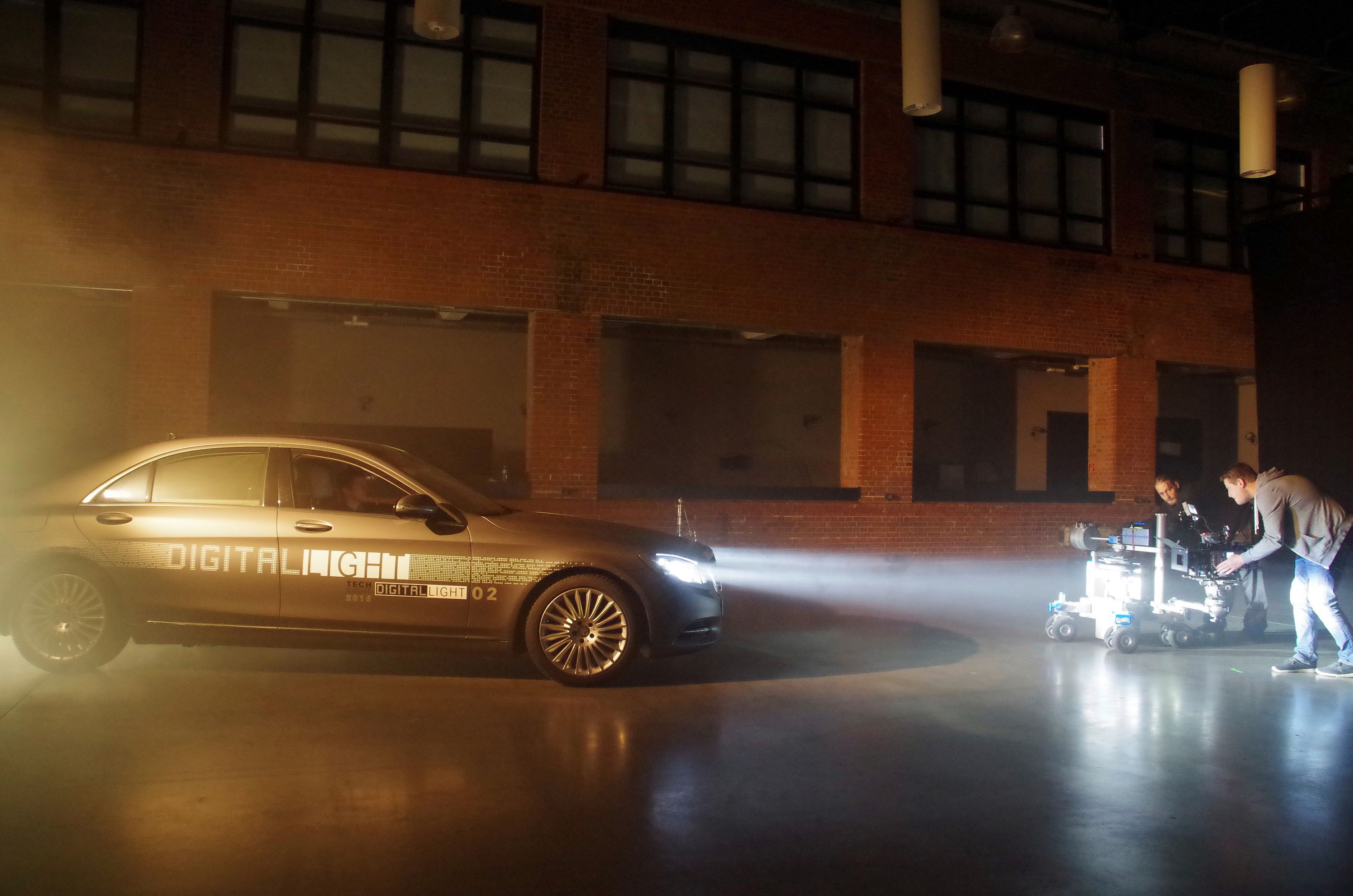
|
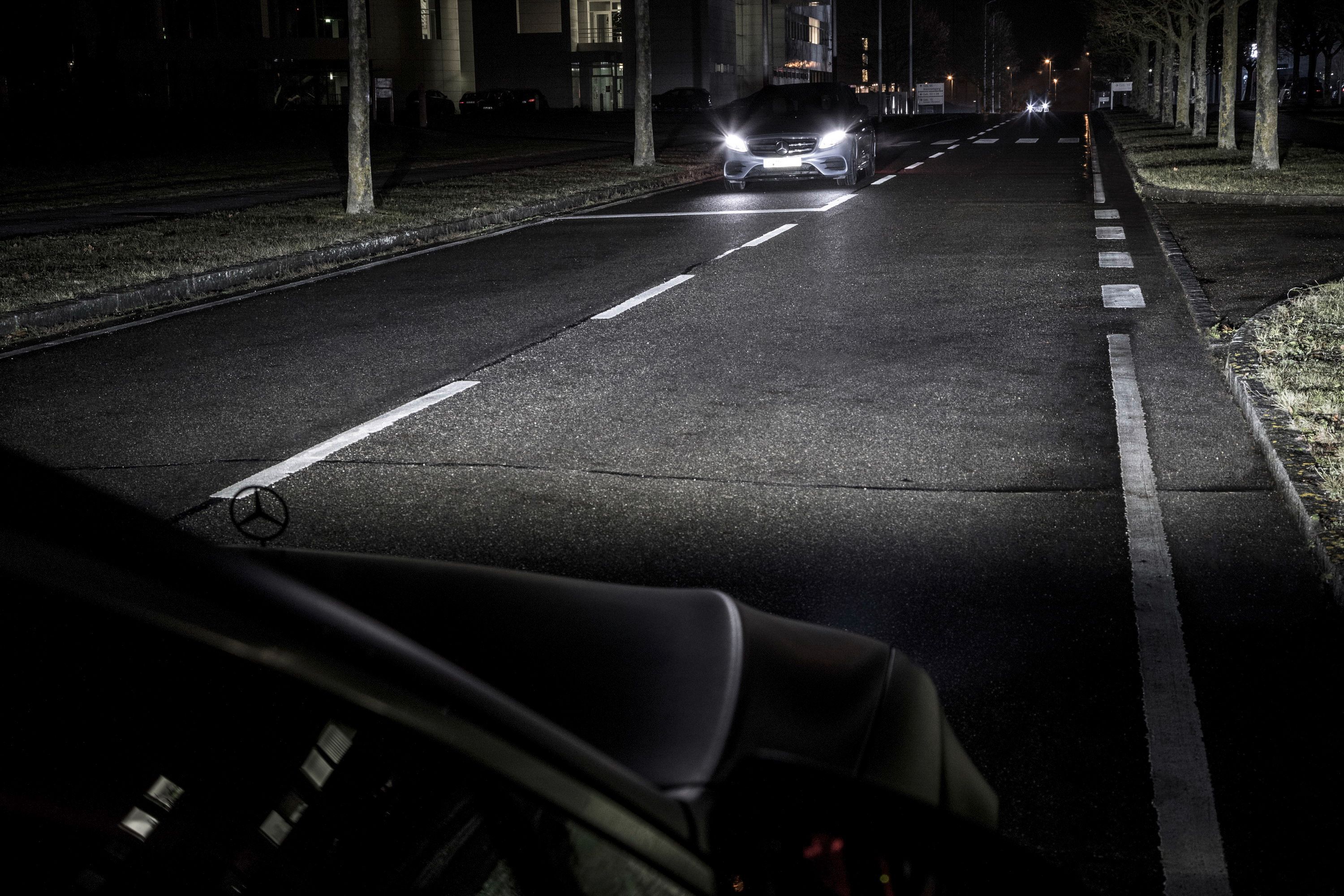
|
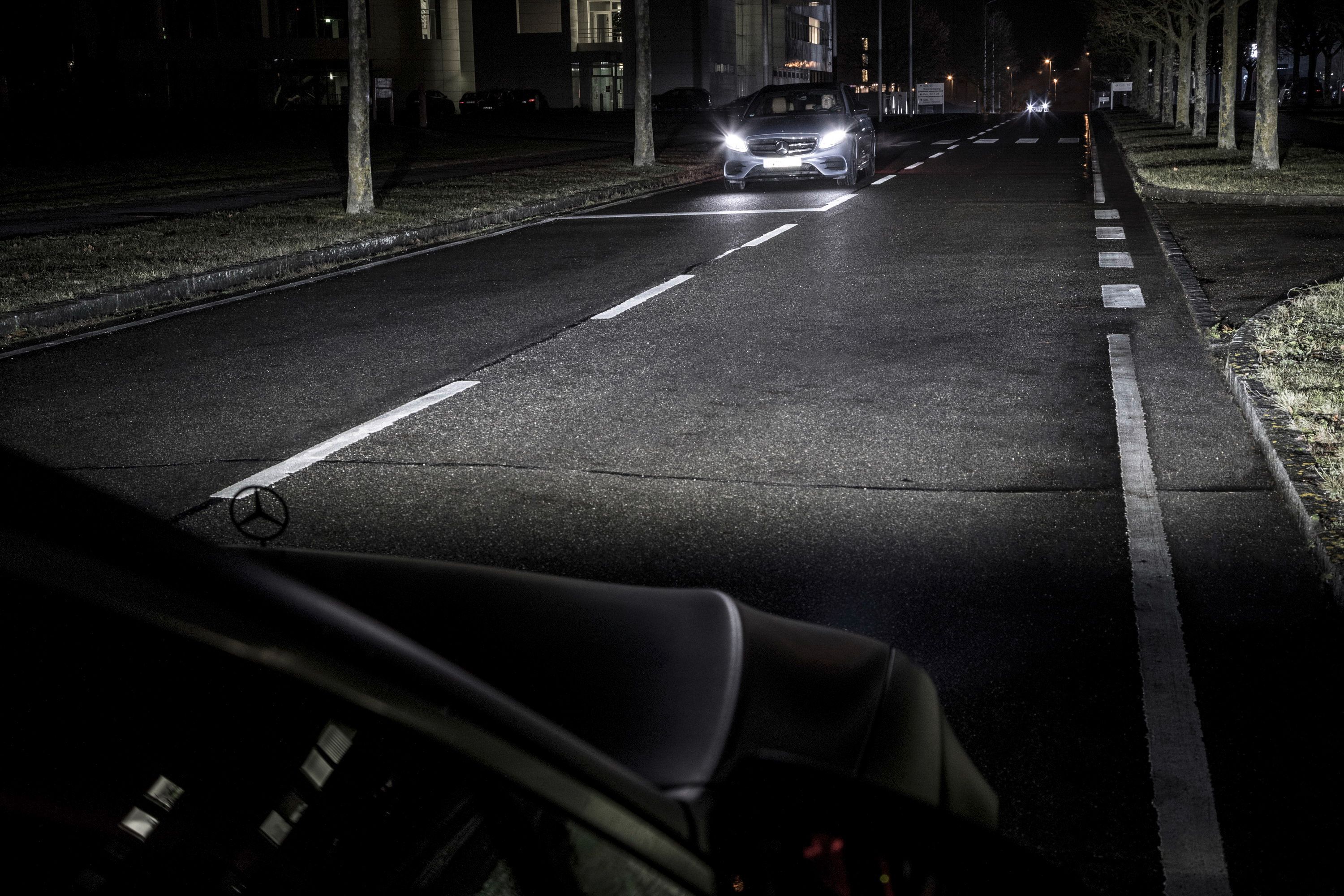
|
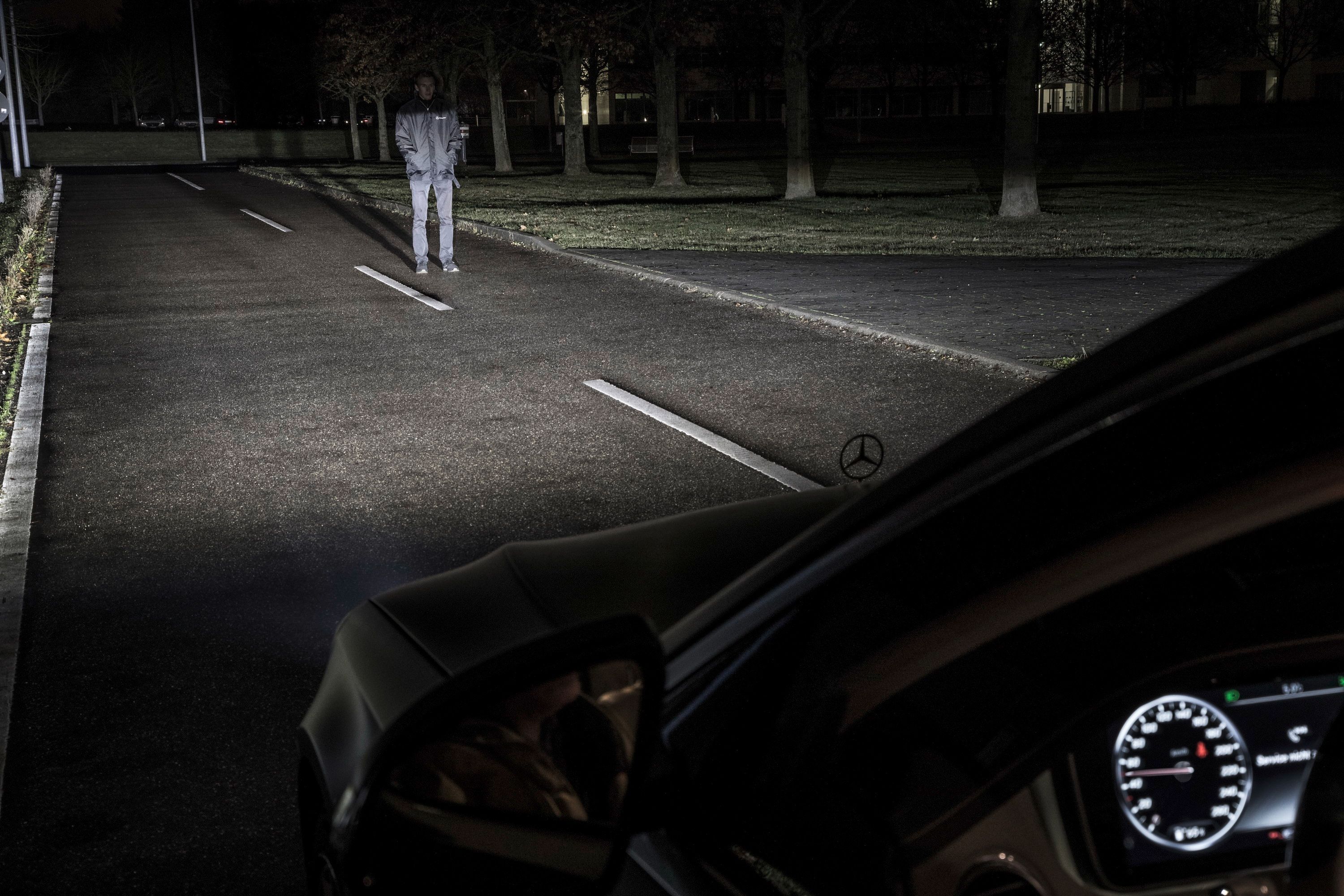
|
These are small changes to the narrative of the rules that have become antiquated in today’s industry. They by no means address the full spec of rules that still need to be modified or changed entirely, but they’re are positive changes nevertheless.
Here’s to hoping that more changes happen in the near future that better address and accommodate the rapid development of technologies that will all play crucial roles in the development of future models. Today, it’s Mercedes’ Digital Lights. Tomorrow, it could be something different entirely. It’s time for U.S. regulators to keep up with these changes.

